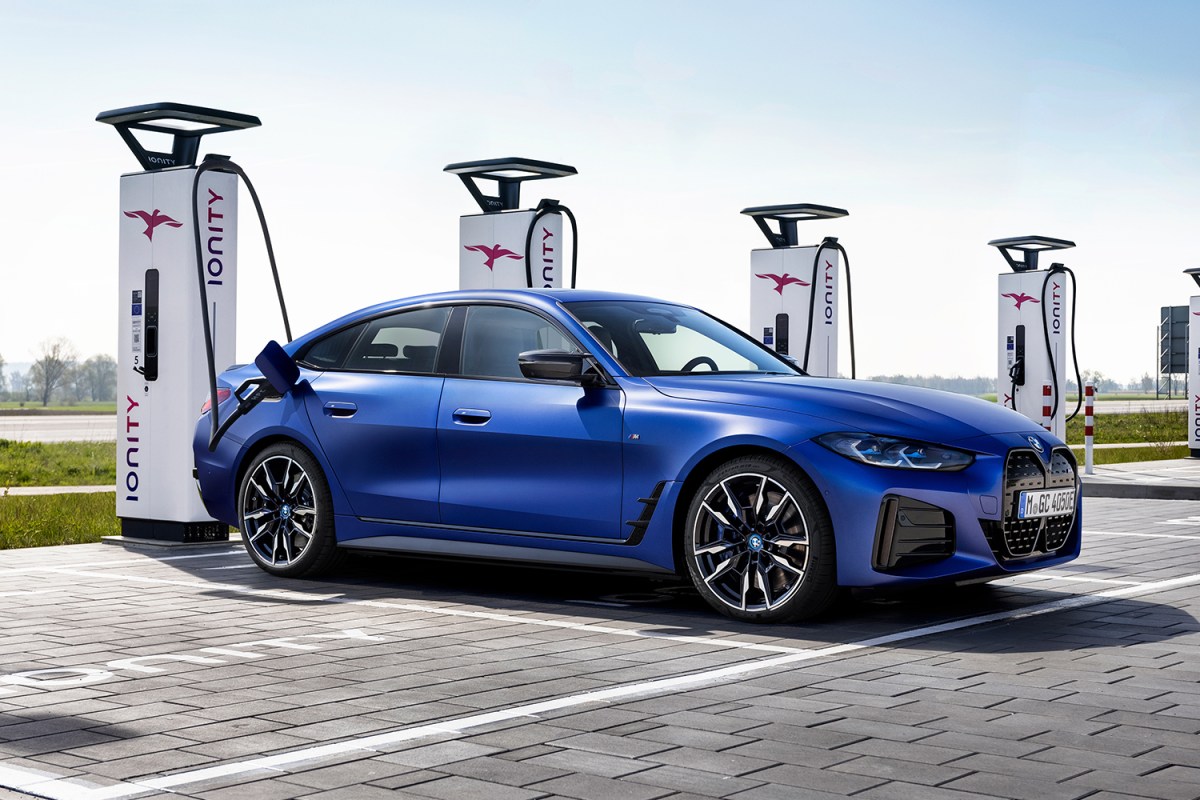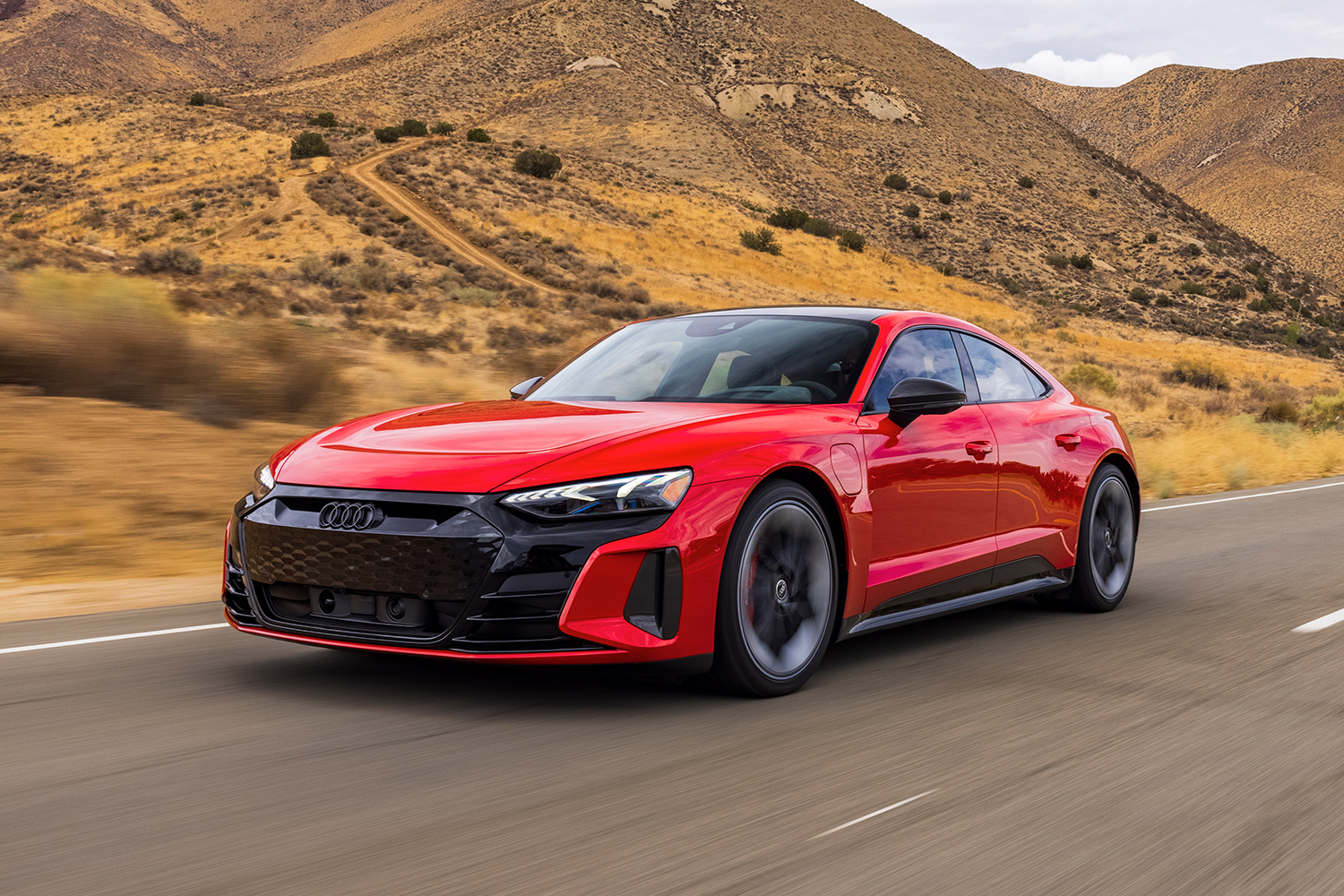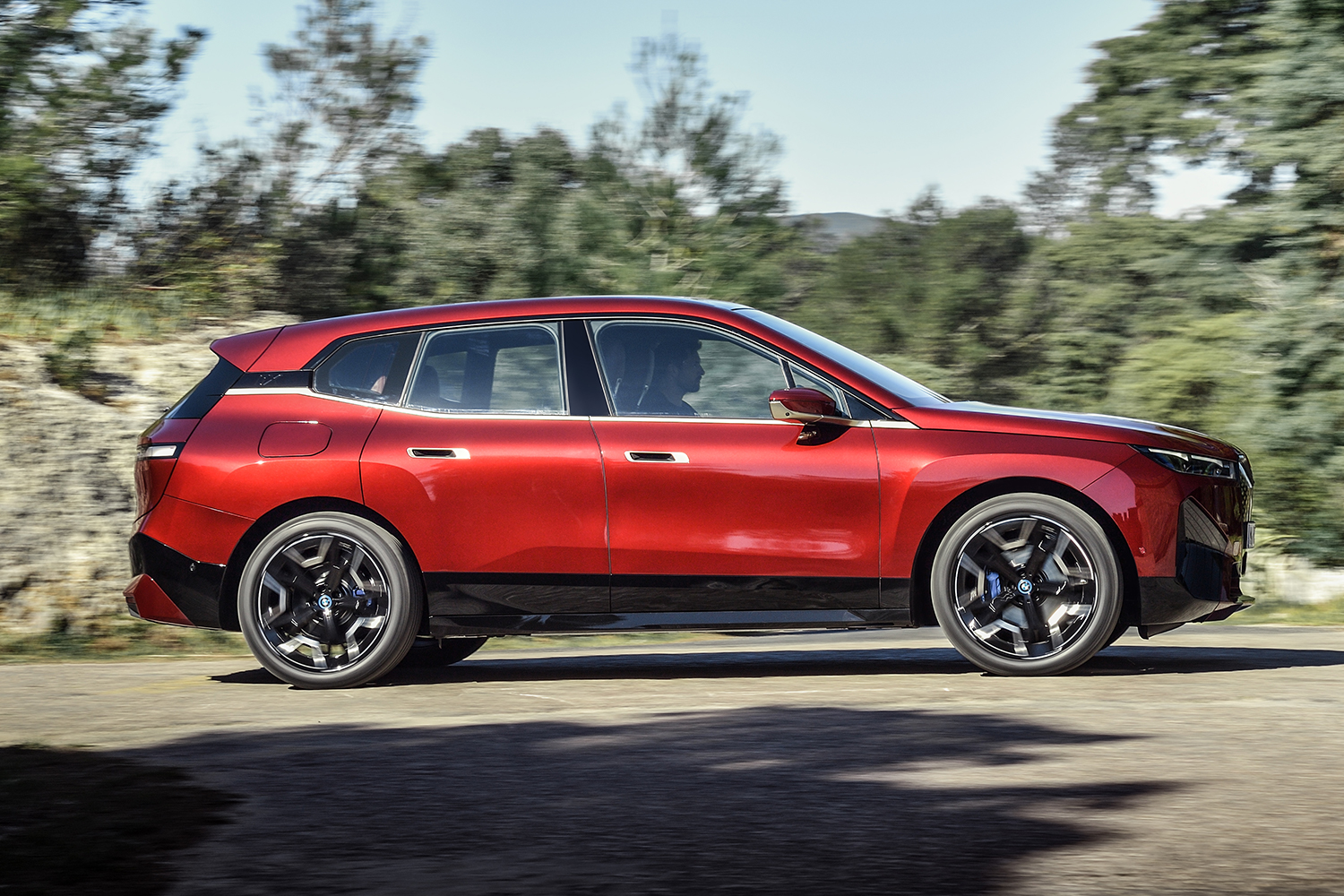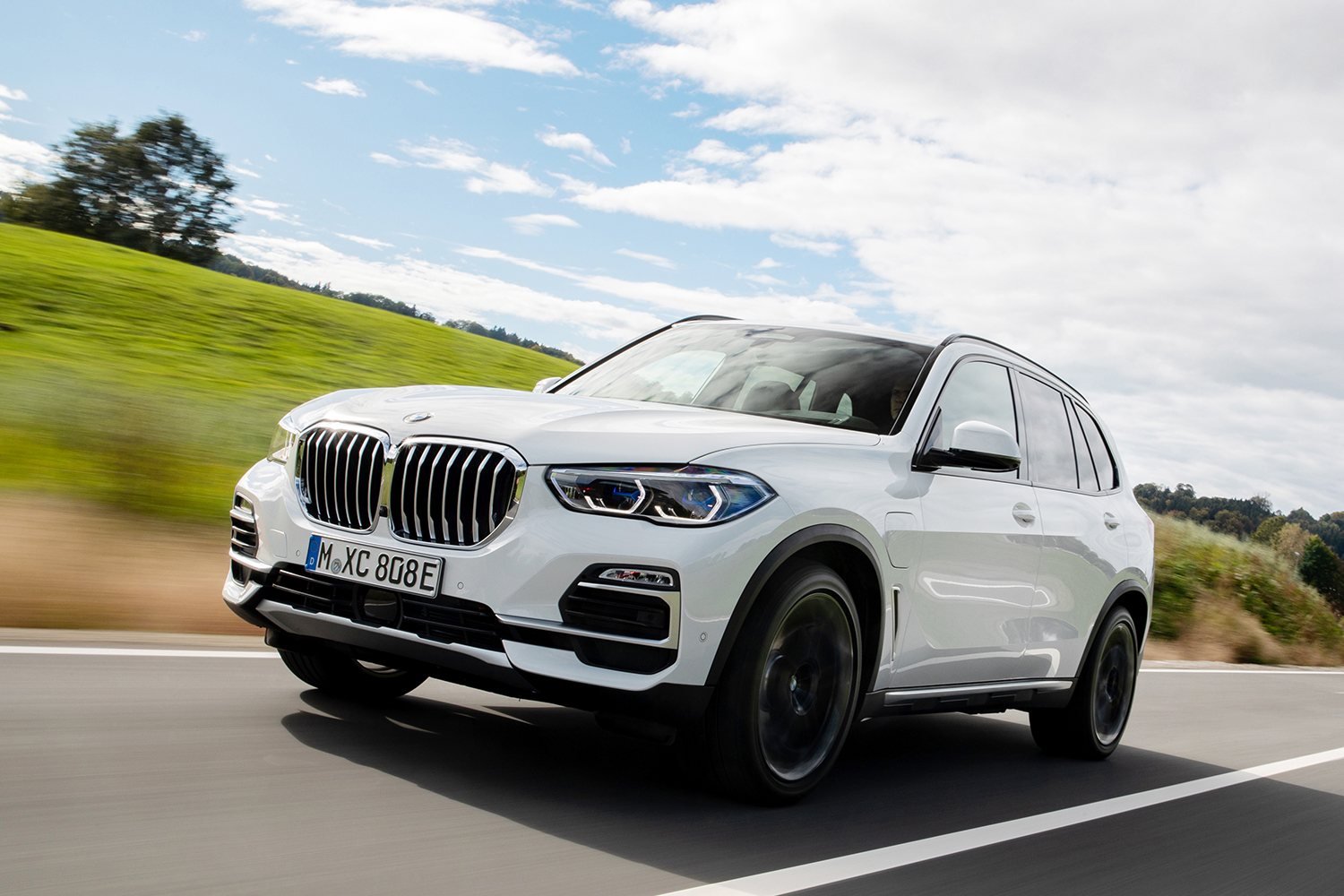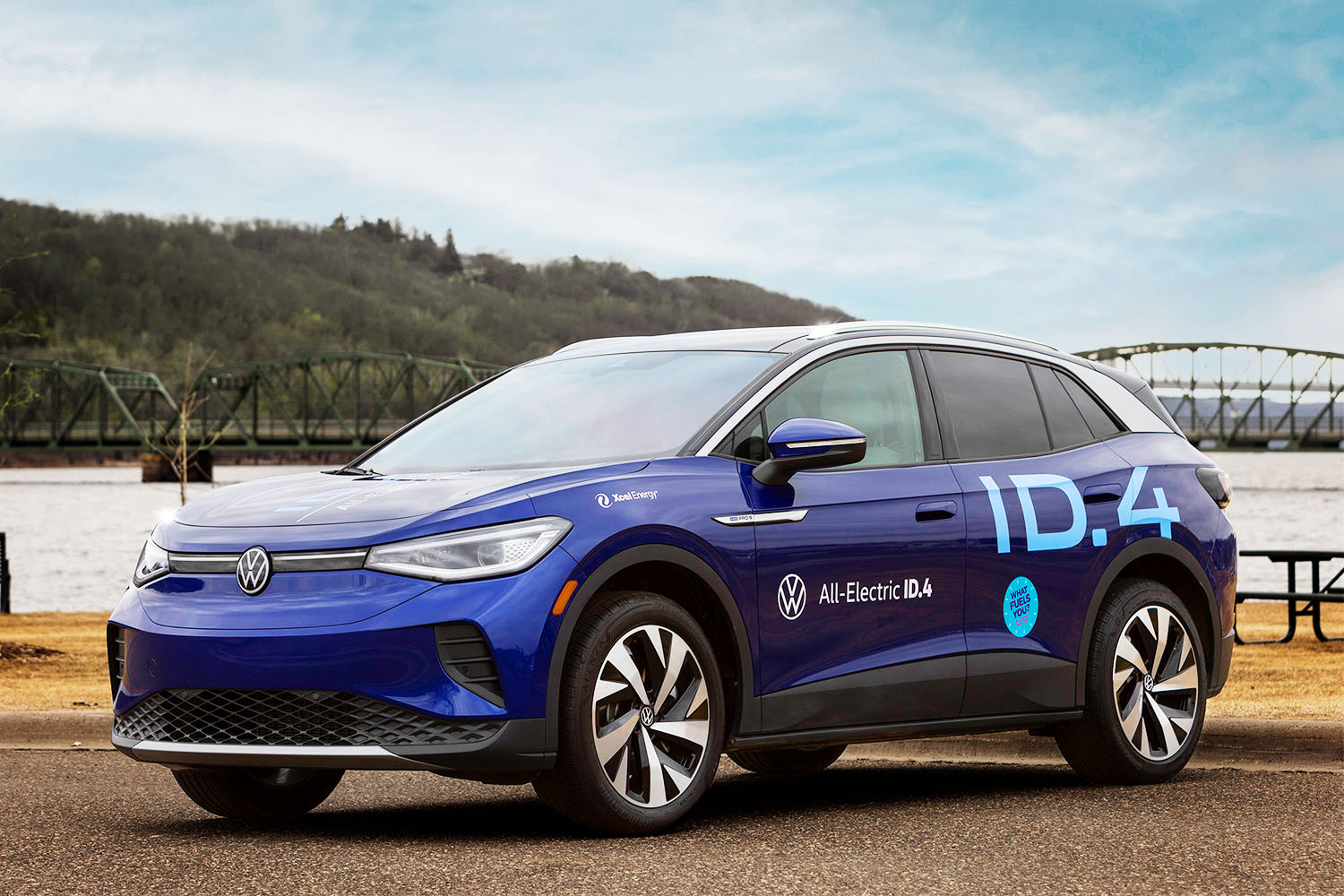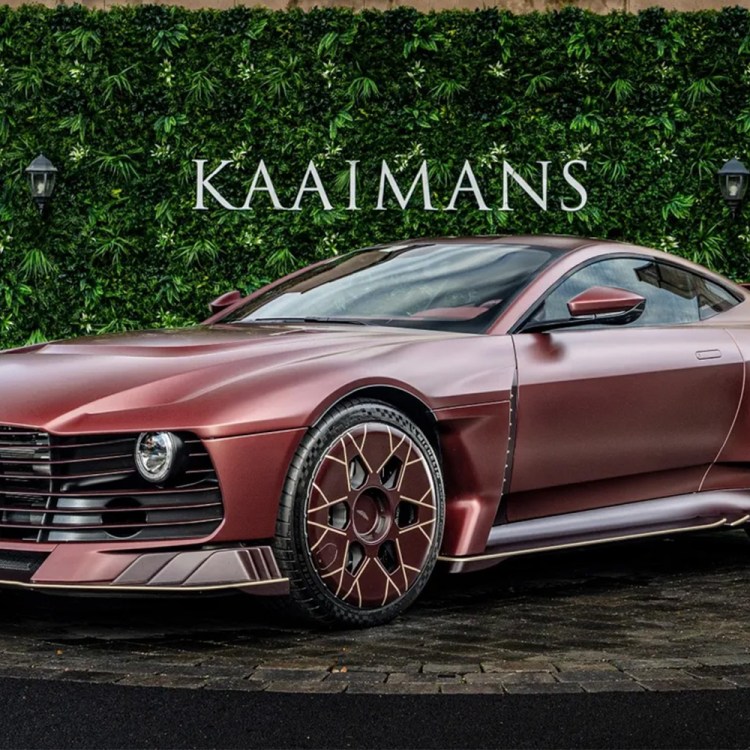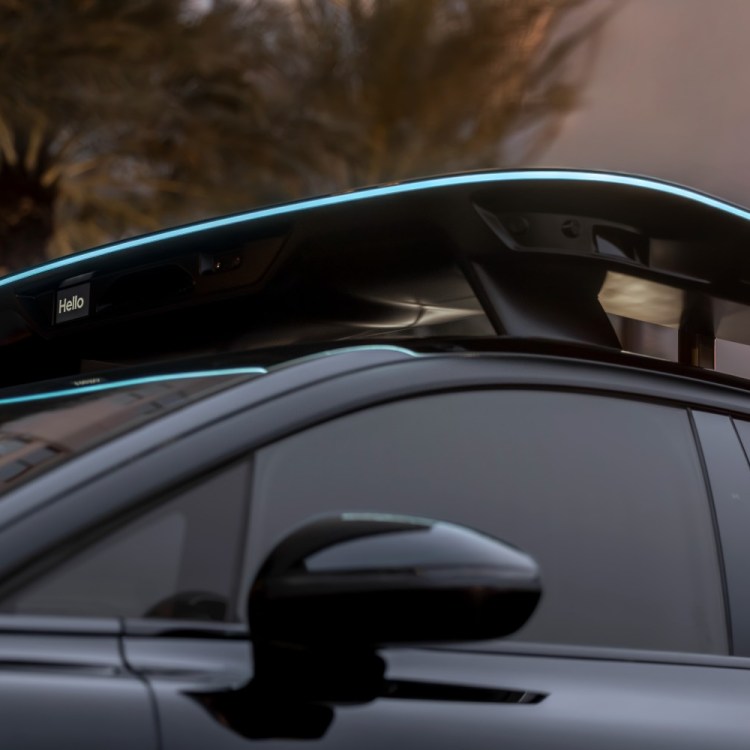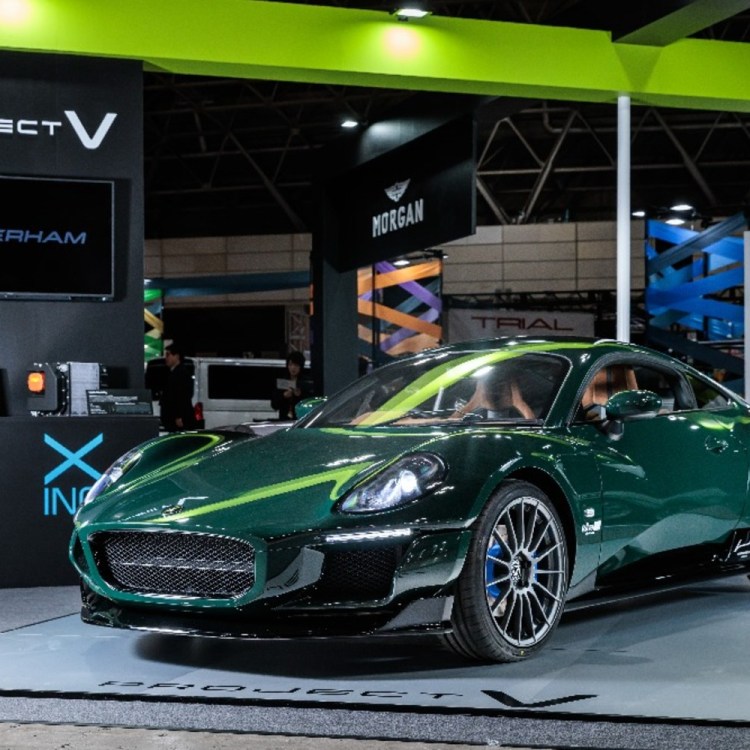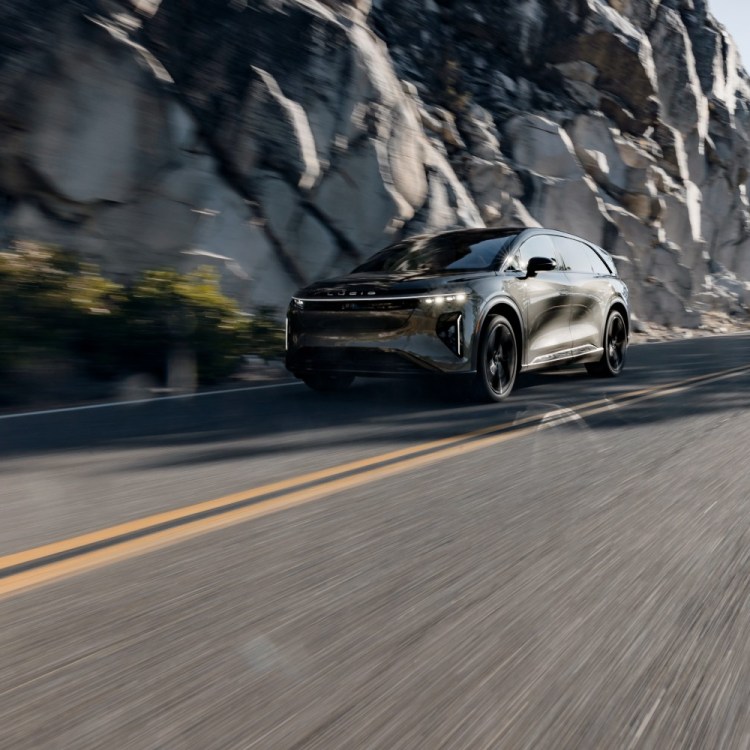BMW’s electrification efforts have borne wildly divergent fruit, from the dedicated EV platforms of the i3 hatchback and the iX SUV to the surprisingly powerful plug-in versions of the popular X5 people mover. Underscoring its determination to pursue a dual-track approach to convincing customers that electrons are just as — if not more appealing — than turbochargers, the automaker has unleashed a pair of battery-powered versions of the 4 Series Gran Coupe, the practical-minded spin on BMW’s longtime sales champion, the 3 Series sedan.
Of the two, the 2022 BMW i4 M50 is the most startling. Typically, when a model swaps internal combustion for electric motors, it ends up hamstrung by the inevitable compromises associated with the blending of both worlds. Although the all-electric i4 M50 does make a few concessions to its gas-fired past, the overall package retains the excellent day-to-day character of the 4 Series Gran Coupe, while adding mind-melting acceleration into the mix.
Taken together, is this enough to go toe-to-toe with the latest batch of purpose-built luxury EVs? It’s a question of the utmost importance to BMW as it positions the i4 as a stopgap Tesla Model 3 fighter, intended to lure in green-leaning premium buyers outside of the SUV space that’s currently getting all of the company’s clean-sheet electric love.
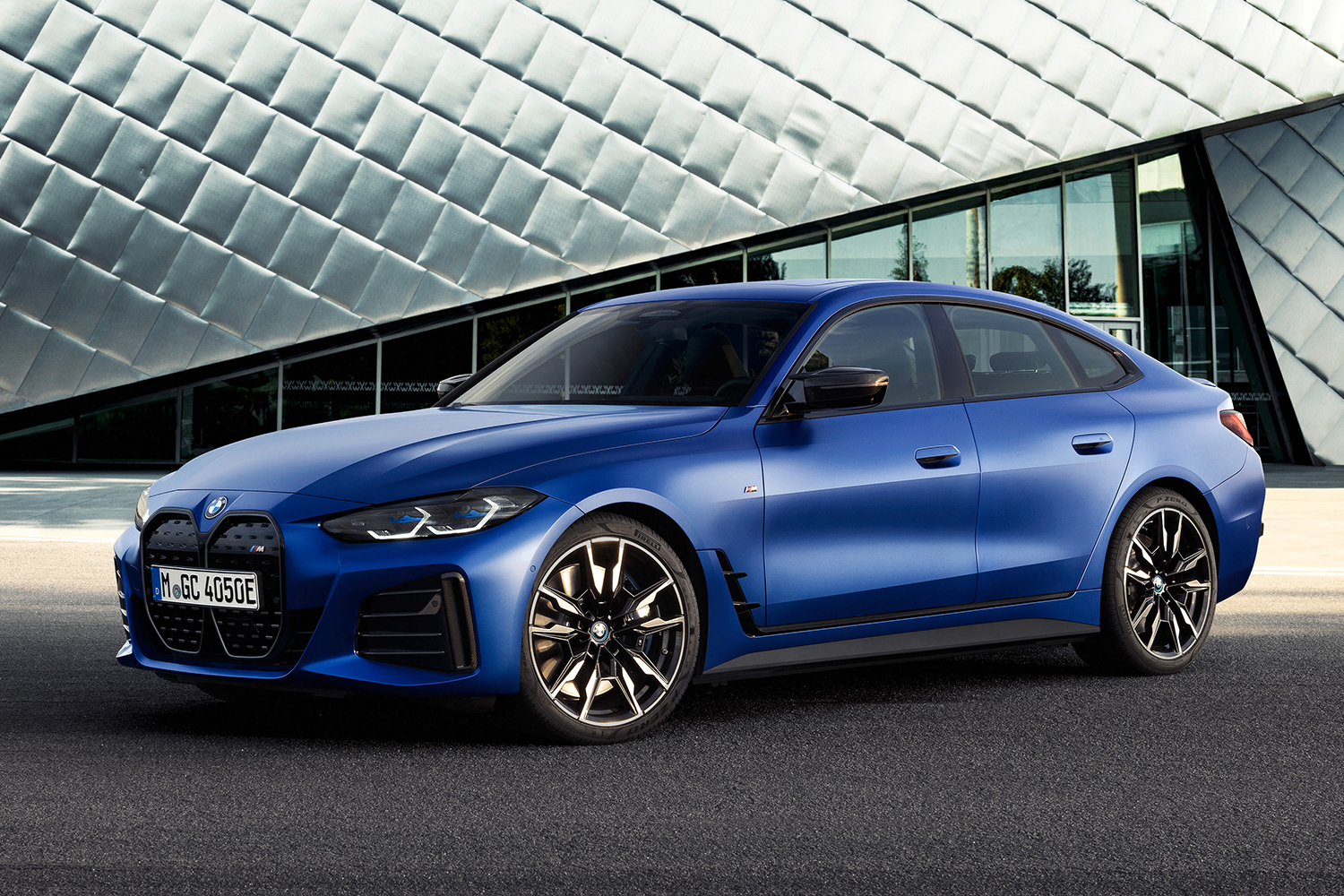
A Shallow Pool of Electric Sedans
It’s safe to say that electric sedans and their low-riding hatchback siblings are thin on the ground. Outside of spending six figures for stunning grand tourers like the Audi e-tron GT, the Porsche Taycan and the Tesla Model S, buyers uninterested in the crossover crowd are largely restricted to the tiny Mini SE, the less-than-competitive Nissan Leaf, and the competent, but under-the-radar Polestar 2, each of which is dwarfed in popularity by the reigning Tesla Model 3.
Into this arena steps the BMW i4 hatchback, roughly the same size as the Model 3 and only a little larger than the Polestar, and resolutely standing apart from crossover characterization. It’s also the only vehicle in its class that wasn’t originally born as an EV, a lineage that functions as both a blessing and a sore spot.
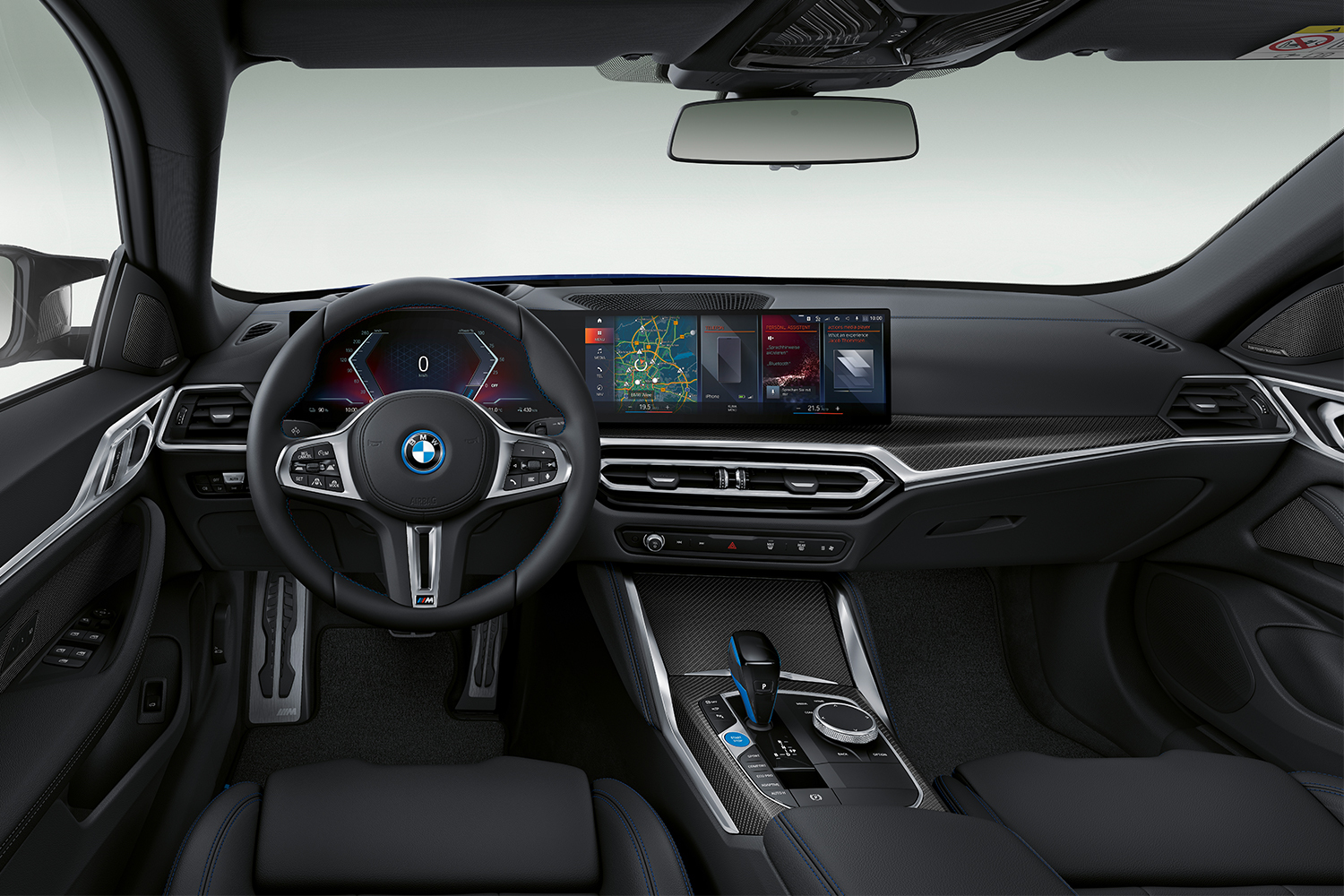
Keep an Eye on the Range
Let’s get the negative out of the way right from the start: Since the i4 was bit by the electric vampire, and not born a pure blood, BMW was limited in terms of how much battery could be outfitted to the vehicle. As a result, rather than the 100-plus kWh unit found in the also-new BMW iX xDrive50, the i4 makes due with an 81.5 kWh power pack.
For buyers of the single-motor eDrive40 model, there’s not much of a penalty to pay here in terms of range (with that version delivering 301 miles of driving on a single charge). It’s a different story for the dual-motor, all-wheel drive M50. Max range for the mightier edition checks in at 270 miles, but that figure can drop to a low of 227 miles when equipped with 20-inch wheels instead of the available 19-inch design.
The smaller number is more in line with the Nissan Leaf (212 miles for 2023 SV Plus model) costing half the BMW’s $67,300 starting price, and neither advertised figure is near the 315 to 358 miles offered by the dual-motor versions of the Tesla Model 3 ($62,990 for the Performance model, while the Long Range option is currently on hold). All of which makes me wonder why the double-dime rims are even offered with the car.
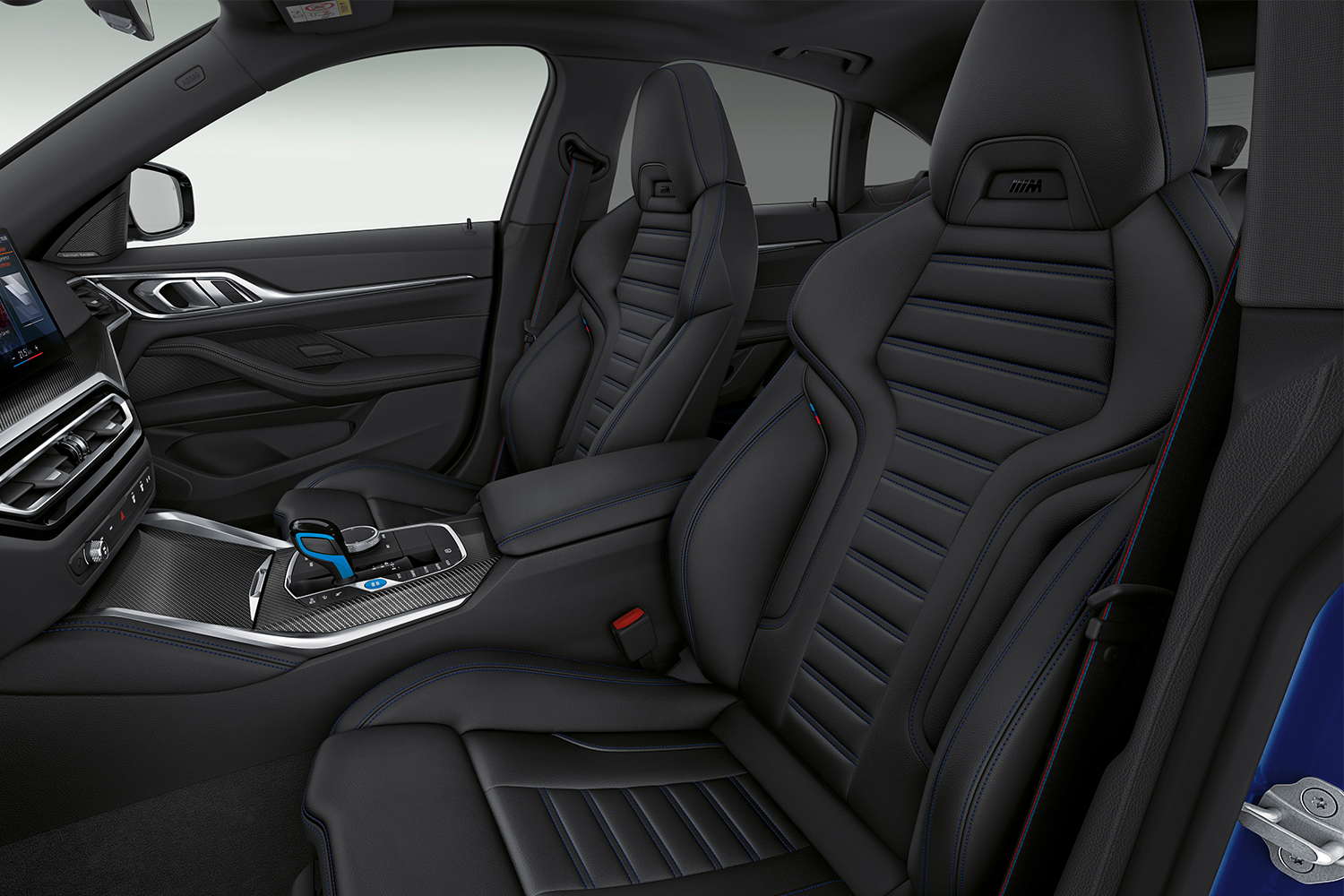
BMW’s Generational Wealth
Fortunately, the 19-inchers installed on my BMW i4 M50 tester didn’t impede in the slightest when exploring the positive side of the automobile’s transition from spark plugs to, well, sparks. I’m referring to the thoroughly excellent chassis that underpins the i4, which is perfectly positioned to harness the over-the-top “up to” 536 horsepower and 586 lb-ft of torque on tap from its pair of electric motors.
Longtime BMW fans will note that this amount of thrust is well ahead of the brand’s compact performance standard-bearer, the M3 Competition. In fact, the i4 M50 is quicker to 60 mph than its celebrated sibling (dispatching the run in an incredible 3.3 seconds), with the full fury of its drivetrain accessible for up to 10 seconds at a time through the Sport Boost function (thanks to its current-excited, brush-equipped motor design that allows for the strength of its magnetic field to be altered for additional output).
How quick does the i4 M50 feel in practice? Weighing in at several hundred pounds less than the iX crossover, yet boasting a very similar drivetrain, I was regularly overwhelmed by the vehicle’s ability to leap from the line (as was one of my passengers, who required that I stop the car so they could get out and touch concrete after a brief, spirited spurt).
All that power is of no use if its sole party trick is a straightforward surge, which is where the i4’s platform heritage comes into play. Despite tipping the scales at over 5,000 pounds, the i4 M50 hews quite closely to its gas-powered counterpart in terms of handling, its adaptive shock absorbers delicately balancing the auto’s porcinity with the demands that it change direction, posthaste. The weight is hidden extremely well, and one would be hard-pressed to point to the i4’s additional half-ton of heft versus the M3 outside the confines of a race track.
What’s more, dial things back on the speed scale and, like so many electrics, the BMW’s gym-bod exertion fades into the background so you can prowl around town in total, relaxed comfort. As I’ve mentioned in past reviews, it’s a dual-personality performance from electric vehicles that we’ll all have to get used to as they become increasingly common in our lives.
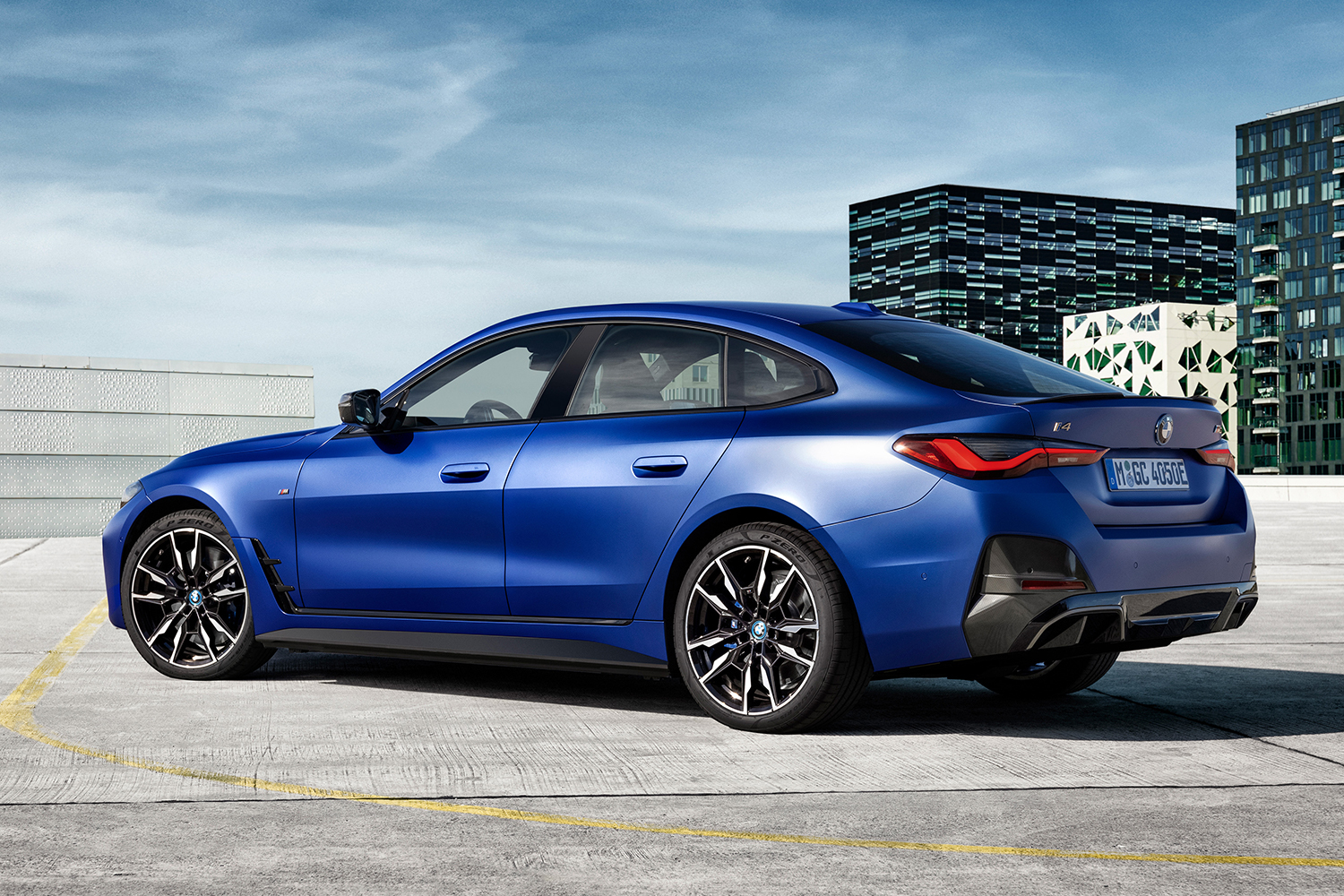
An EV Pit Stop Worth Making
It’s impressive that the i4 M50 manages to feel like a carefully considered electric car rather than a chimera of codged-together components. As an automaker, BMW continues to demonstrate a deeper willingness to incorporate electrification into its lineup than some of its peers, and the positioning of converted internal combustion cars as full-fledged models rather than drag race novelty sleds is an important part of that strategy.
From a value perspective, the i4 M50 is a hard sell against the also quick, and nearly $5,000 cheaper, Tesla Model 3 Performance, which is perhaps the closest comparable out there in terms of power and brand recognition. From every other angle — including build quality, on-road comportment, dealer support and luxury — the BMW more than makes up for its price premium. The i4 might only be a pit stop from today’s all-in SUV electrification to tomorrow’s broader investment in a full dedicated EV portfolio, but it’s one that’s definitely worth more than casual consideration for luxury fans sick of having to cross over just to plug in.
This article appeared in an InsideHook newsletter. Sign up for free to get more on travel, wellness, style, drinking, and culture.
